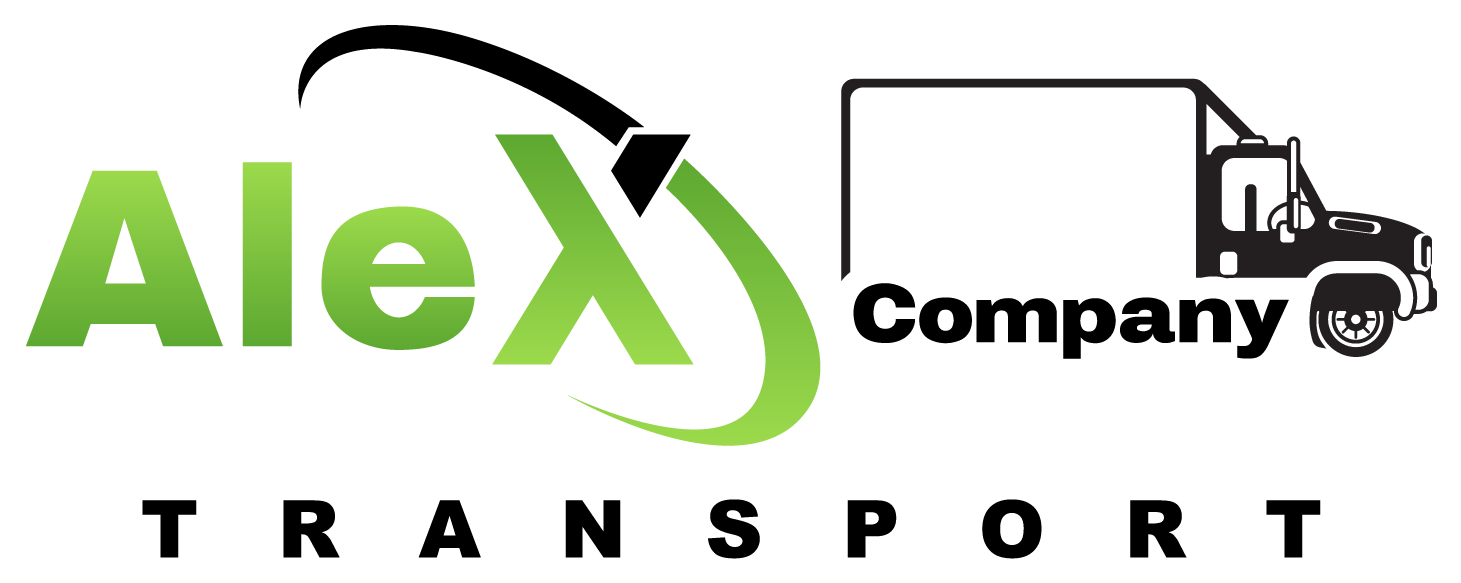All the electrical power reactions that will make our world work depend on varied energy sources. All of us use different types of renewable and non-renewable options to produce electric power. Each type of energy source has its own advantages and disadvantages. Some of these include the ability to retail store power as well as the way that they affect kinds of living conditions.
Many non-renewable energy sources damages the environment or perhaps human health. Oil going can line forests; hydraulic fracing can cause earthquakes; coal electrical power plants bad the air; and burning fossil fuels can lead to global warming. By contrast, alternative energy including wind and solar may create electrical power without risking the earth’s resources.
One of the most commonly used alternative energy for electricity generation is usually wind. Wind it manually can be captured through wind generators located in areas with big winds and used to generate electricity. The electric power is then sent to homes and businesses through electrical wires.
Additionally to wind it manually, the additional main alternative energy source is definitely biomass. Biomass refers to any kind of living or perhaps recently dead organic materials areas of specialization in the civil infrastructure that can be burned to develop heat and electricity. Different materials just like manure, trash, wood casino chips, and crop residues can be converted to biomass fuel. Biofuel crop is sometimes combined with regular gasoline and accustomed to power vehicles, which decreases carbon dioxide emissions and makes the car less toxic to the atmosphere.
Various other renewable energy sources involve geothermal, solar power and influx energy. These types of technologies are generally better suited to off-grid applications such as running remote villages and islands, professional and navy facilities, houses, clinics, schools and stores.
